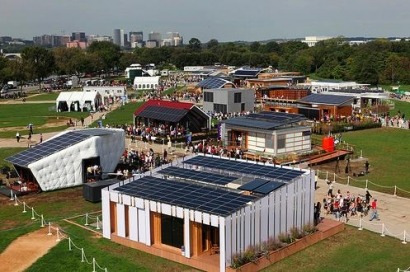
This year’s event, the 2011 Solar Decathlon, ran from September 23 to October 2, drawing 19 student teams from across the US as well as international contestants from Belgium, Canada, China, and New Zealand.
Prior to this year’s Decathlon, I visited the construction site for the “Solar Homestead” house sponsored by Appalachian State University in Boone, North Carolina. As a professor at another university, I was struck by the unique learning opportunities afforded by the project. Over a period of many months, Appalachian State students labored over their design while learning a variety of life skills – planning, problem-solving, organizing, motivating, and fundraising, to name a few – skills that could never be replicated in the classroom.
And the learning did not end there. Once the structure was completed, the students had to disassemble the house, arrange for transportation and reassembly on-site in Washington, DC, and give public tours of their creation, all while operating on a shoestring budget and taking a full load of courses. At Appalachian State and other schools, this meant many long evenings and weekends and even giving up the Saturday football game.
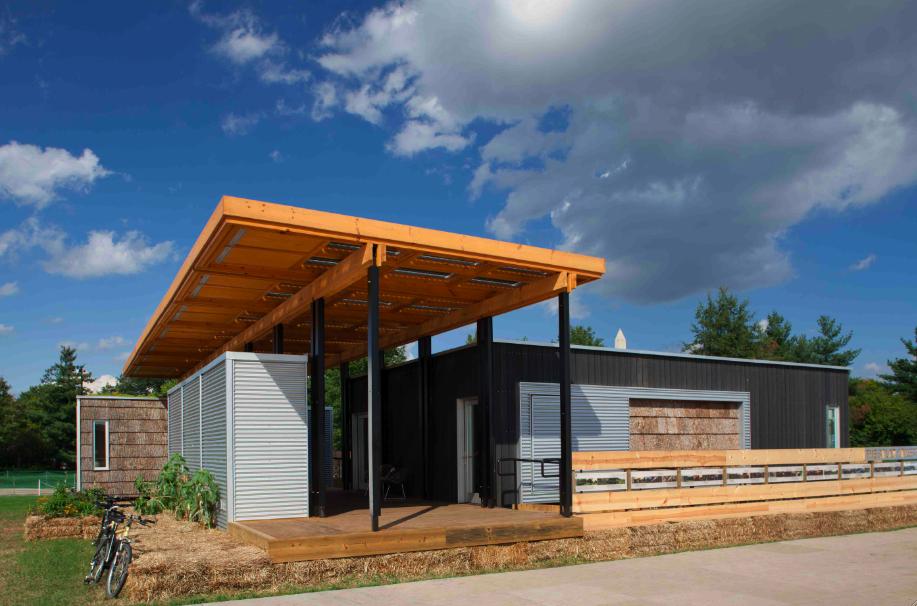
Appalachian State Entry (photo credit: Jim Tetro/US Department of Energy Solar Decathlon)
After a two-year struggle to design and build a winning entry, the students from all 19 schools assembled in the National Mall’s West Potomac Park for the competition itself – 10 days of operating their homes, entertaining visitors, answering the judges’ questions, and sleeping overnight in a nearby church, all while enduring an unusually dreary period of cold and rainy weather. The top scoring teams in the competition were required to produce a house that met these criteria:
Homes were scored in 10 different categories: architecture, market appeal, engineering, communication, affordability, comfort zone, hot water, appliances, home entertainment, and energy balance. The team with the highest combined score wins the contest.
Although only one team could take first place overall, other teams had the opportunity to win in individual categories. For example, while the Appalachian State team finished 12th in the overall competition, the team took 2nd place in the communications category and 3rd in architectural design. Additionally, after the final scores were tallied, Appalachian State was thrilled to learn that it had won the People’s Choice Award, representing the favorite among nearly 100,000 visitors casting votes.
Appalachian State’s Solar Homestead entry was inspired by the early settlements in the Appalachian Mountains. The 77 m2 (833 ft2) house consists of two small bedrooms, a bathroom, and a living/dining area. An additional 11 m2 (120 ft2) “flex” space is set aside for use as a home office, studio, or guest room. Technologies include 42 bifacial PV panels that also provide filtered daylight, an on-demand thermal solar hot water system, and a Trombe wall that heats up during the day and releases energy at night.
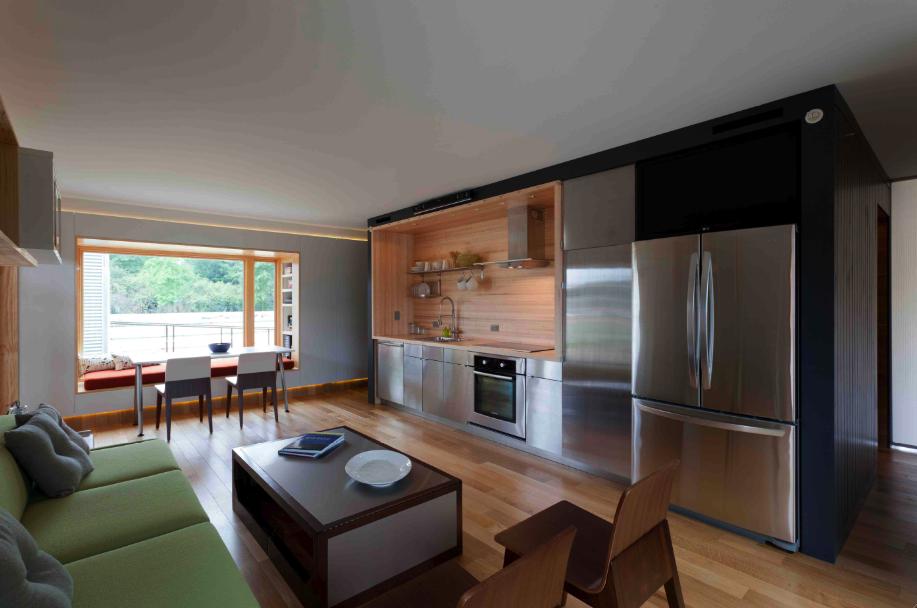
Appalachian State Interior (photo credit: Jim Tetro/U.S. Department of Energy Solar Decathlon)
First place went to the “WaterShed” house, conceived by students at the University of Maryland and influenced by the Chesapeake Bay ecosystem. The concept was to demonstrate how buildings can help preserve watersheds by managing storm water, filtering pollutants from greywater, and minimizing water use. The design included a constructed wetland that filters domestic greywater, allowing it to be reused to irrigate and nourish the landscaping, and a green roof that collects rainwater while helping to improve the house’s overall energy efficiency. The WaterShed house was designed around the following four principles:
In addition to the Appalachian and Maryland entries, many houses had themes that could potentially lead to commercialization, for example, the University of Illinois’ low-cost, quick-build design for victims of disasters like the tornados that ravaged the American Midwest and South this past summer. Other teams also had intriguing ideas, but not all were successful in scoring high in the contest. The final team standings were as follows:
This fun event captured the imagination of thousand of visitors, and a number of innovative and potentially marketable ideas emerged from the contest. But the real story of the Solar Decathlon was the dedication and sacrifice by hundreds of students and the many lessons learned along the way. As Richard King, the Decathlon’s Director, put it in his “From the Heart” news blog, “Thank you for the use of your brains! You selfishly poured your heart and souls into these homes in an attempt to win and discovered the best reward is collectively producing the many solutions.”
The Solar Decathlon is organized by the US Department of Energy’s (DOE’s) National Renewable Energy Laboratory and receives support from a number of private-sector sponsors. The event is expanding internationally, with the first Solar Decathlon Europe taking place in Madrid last year. Recently, the DOE and China signed an agreement to hold the first Solar Decathlon China, which will include a renewable energy theme park. Planning for the second Solar Decathlon Europe is underway, and Australia and South Africa are considering similar events.
Photos of the first three finishers are provided below:
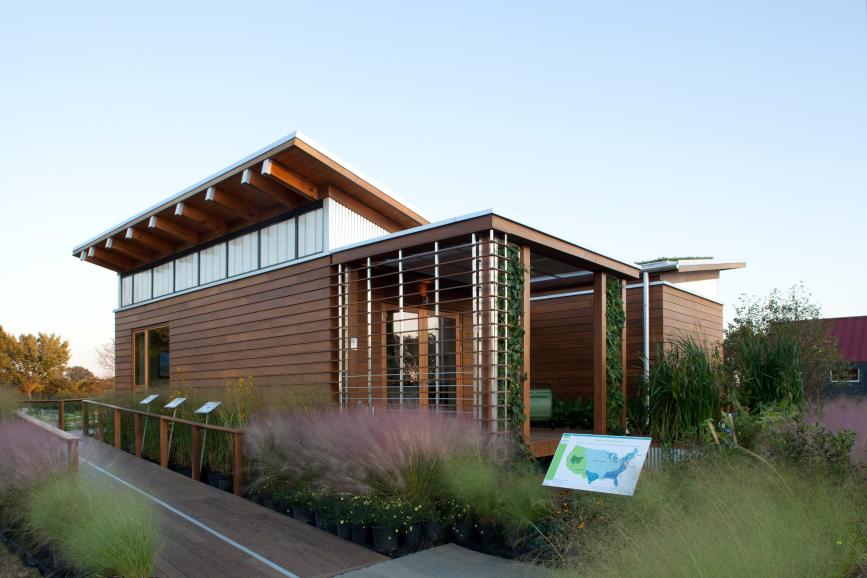
1st Place, Maryland (photo credit: Jim Tetro/US Department of Energy Solar Decathlon)
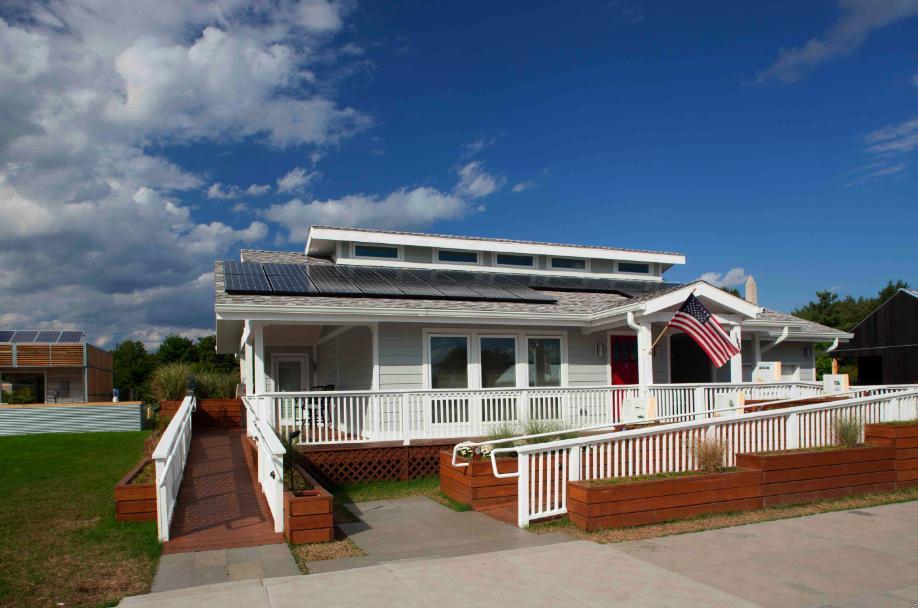
2nd Place, Purdue (photo credit: Jim Tetro/US Department of Energy Solar Decathlon)
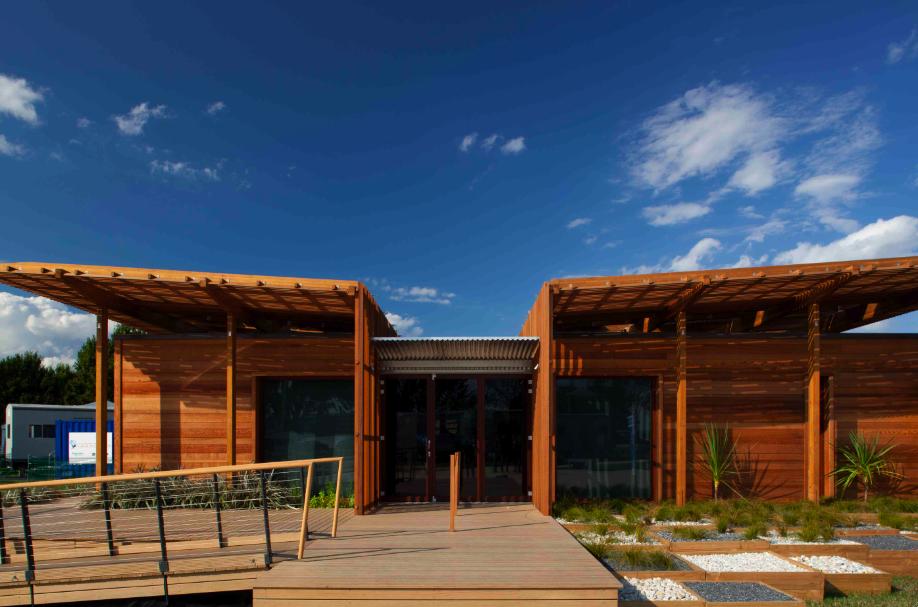
3rd Place, New Zealand (photo credit: Jim Tetro/US Department of Energy Solar Decathlon)
For additional information:

